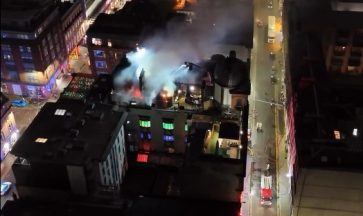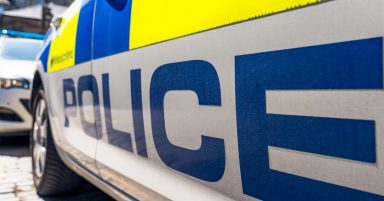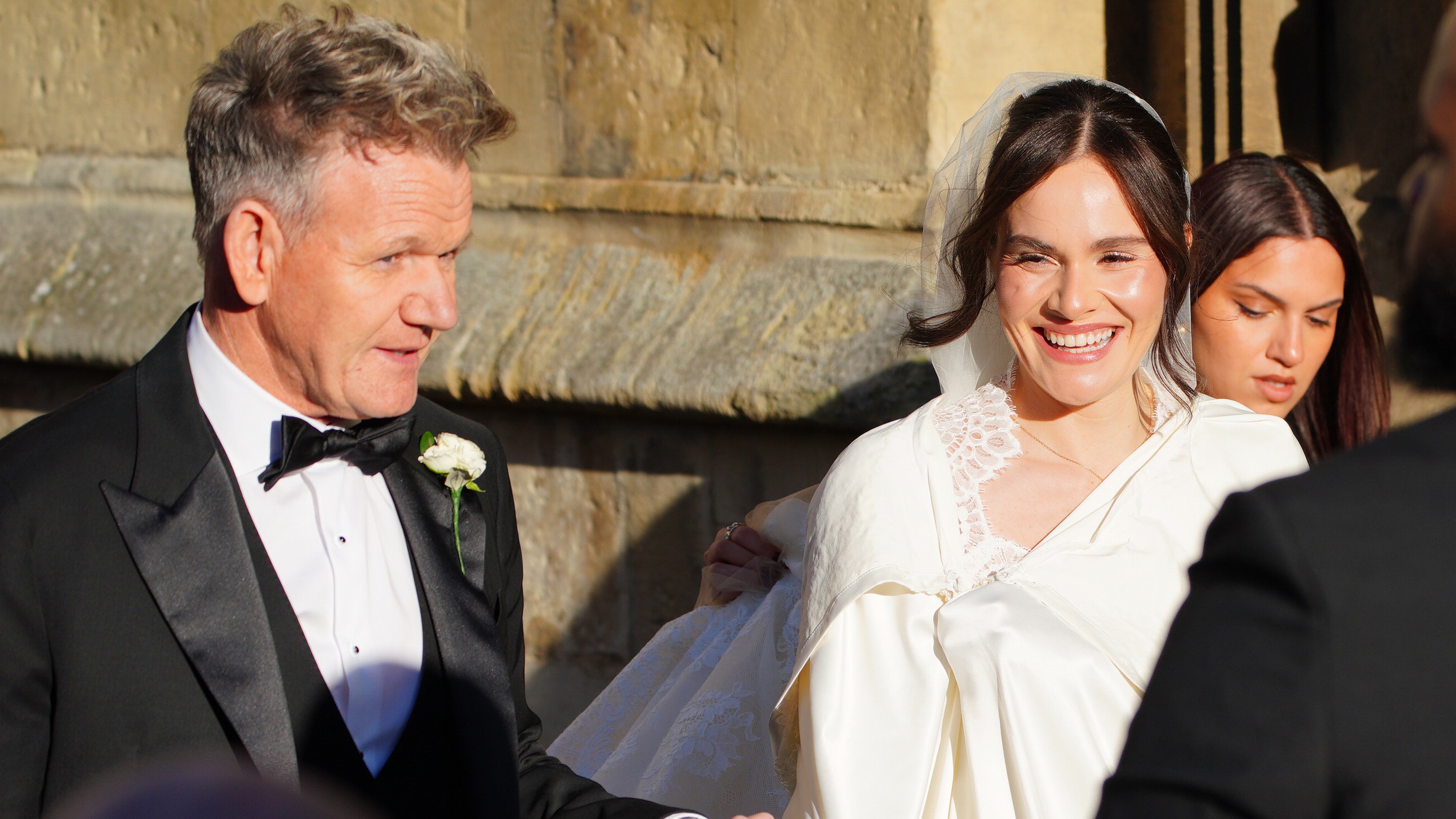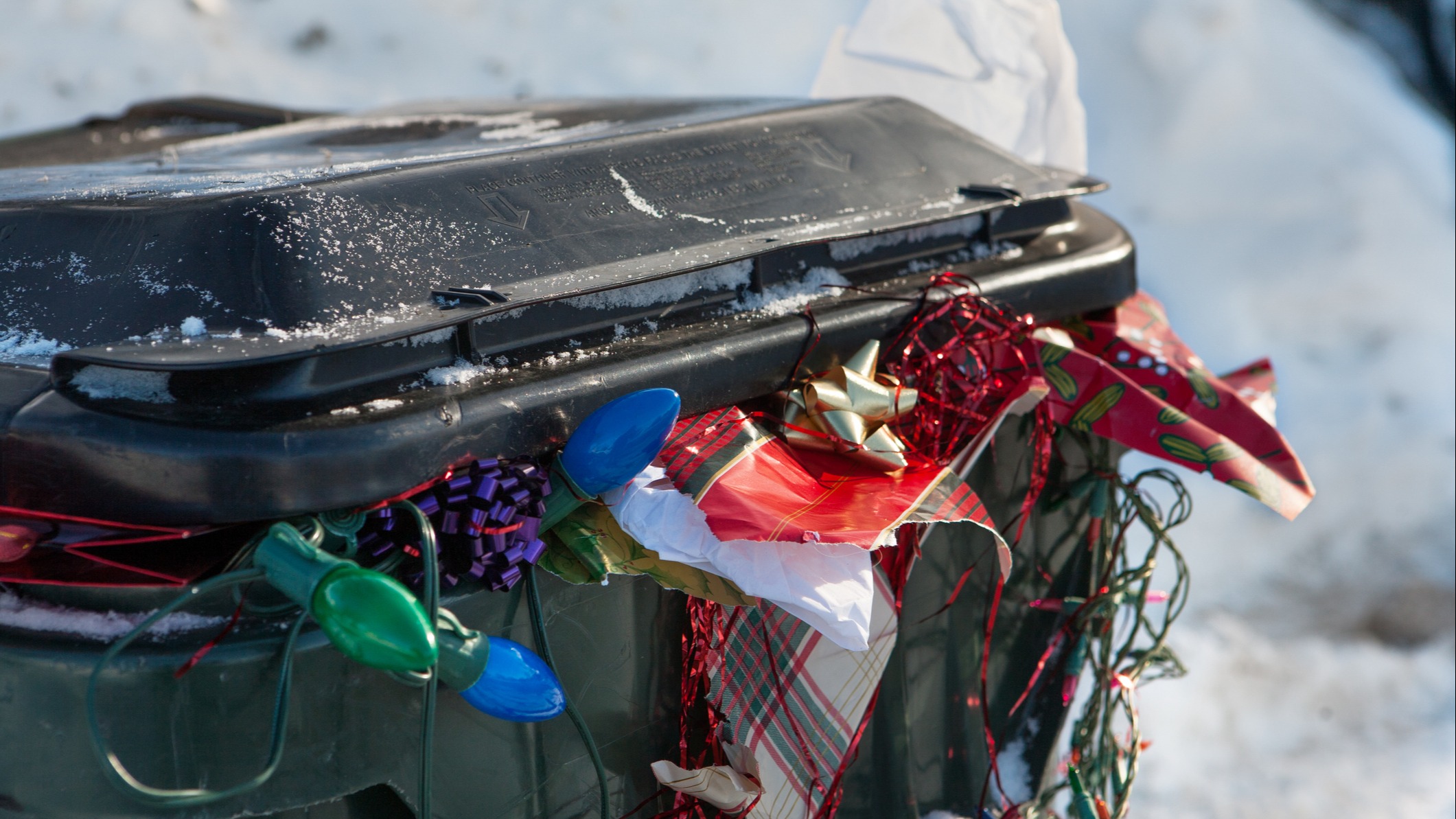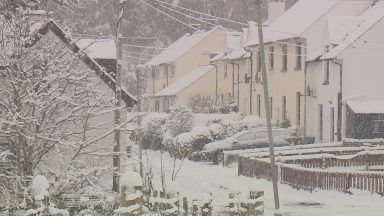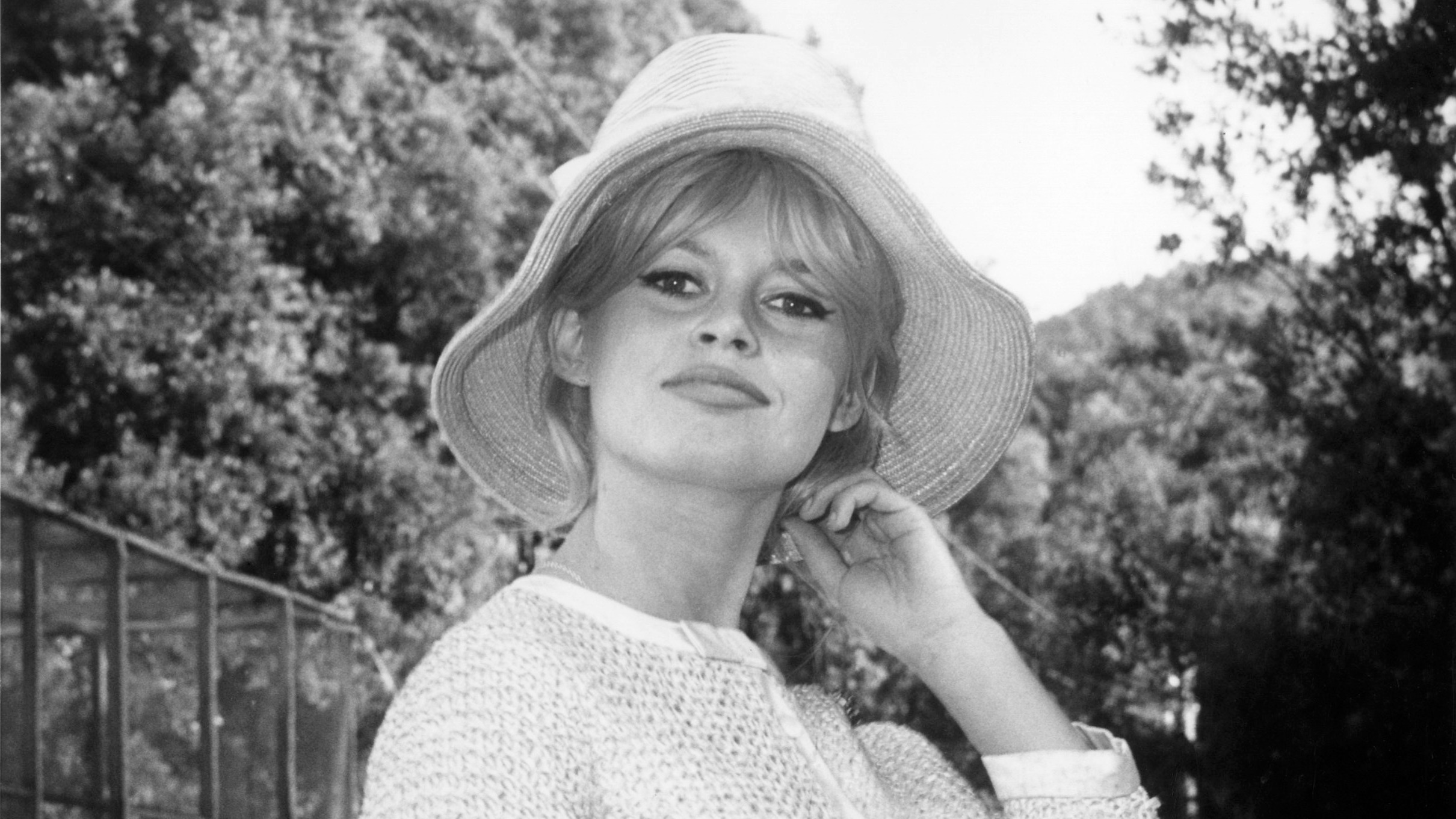The next exciting sight to spot in the sky is the next full moon, which will be a Hunter’s Moon.
This month’s full moon is not only the Hunter’s Moon, but also the third of four back-to-back supermoons.
So what is it and when can you see it?
Where does it get its name?
The Hunter’s Moon used to signal to farmers that it was time to start preparing for winter, and its bright reflection provided good visibility to hunting animals to keep them fed through the chilly months ahead.
“Animals are beginning to fatten up ahead of winter, and since the farmers had recently cleaned out their fields under the harvest moon, hunters could easily see the deer and other animals that had come out to root through the remaining scraps,” The Old Farmer’s Almanac said.
The earliest use of the term “Hunter’s Moon” mentioned in the Oxford English Dictionary is from 1710.
What’s the science behind this Hunter’s Moon?
This Hunter’s Moon will also be a supermoon, which means it will appear a little larger and more vivid to the naked eye because it it slightly closer to Earth – around 7% closer than usual.
This supermoon is the closest of the year at 222,095 miles (357,428 kilometres) away from Earth.
A supermoon tends to look a little bigger and a little brighter than your average full moon, but it might not be very obvious to the naked eye.
When can I see it?
This year’s Hunter’s Moon will take place on Thursday October 17, and it will appear like a full moon for three days.
“The reason for that is that although it moves further around to the east in the sky, which would mean it rises later, the difference is a bit less because it’s also moving north at the same time,” Robert Massey from the Royal Astronomical Society told ITV News.
“That means that the moonrise point, the time at which the moon rises, doesn’t change as much as you would think around the full moon.”
How can I get the best view?
The best time to catch the moon is when it’s rising, which means looking towards the northwest around sunset, which will be 6.02pm on Thursday evening.
The Met Office is currently forecasting a fair amount of cloud for Thursday, which could make it challenging to get a good view.
“The best locations look to be around eastern Scotland, north eastern England and some southern England counties where there will be less cloud,” a Met Office spokesperson told ITV News.
If the skies are clear, you should be able to see the Harvest Moon by looking to the east after sunset on Thursday, though the Harvest Moon will reach its peak around midday.
A telescope or binoculars will also provide a closer look.
As the moon rises, it may look orange or even red, especially if it’s low on the horizon. This is because the moon’s light is filtered as it travels through more of the Earth’s atmosphere.
Follow STV News on WhatsApp
Scan the QR code on your mobile device for all the latest news from around the country








